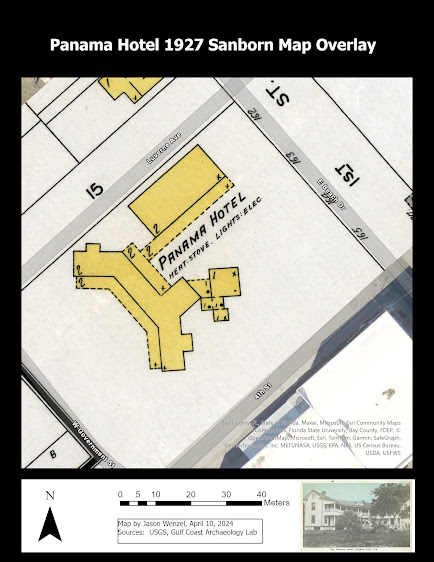GIS Portfolio

I am proud to present my portfolio , which fulfills GIS Internship (GIS 5945), my final course for the graduate certificate in Geographic Information Science (GIS) at the University of West Florida (UWF). This may be the last entry to this blog, at least during the remainder of my time in the program. In this entry I will provide highlights from my portfolio and what I accomplished for the GIS internship along with some final thoughts on the program. The primary goals for the internship related to my work as a professor at Gulf Coast State College (GCSC) in Panama City, Florida. These involved: developing a World Regional Geography with GIS course, producing site maps for GCSC archaeological research projects, and conducting basic spatial analysis. I shared information on progress on the first task in a previous entry (February 29, 2024), so here I will discuss the last two. In the Spring 2015 semester, GCSC offered its first Introduction to Archaeology (ANT 2100) course, and accompa


